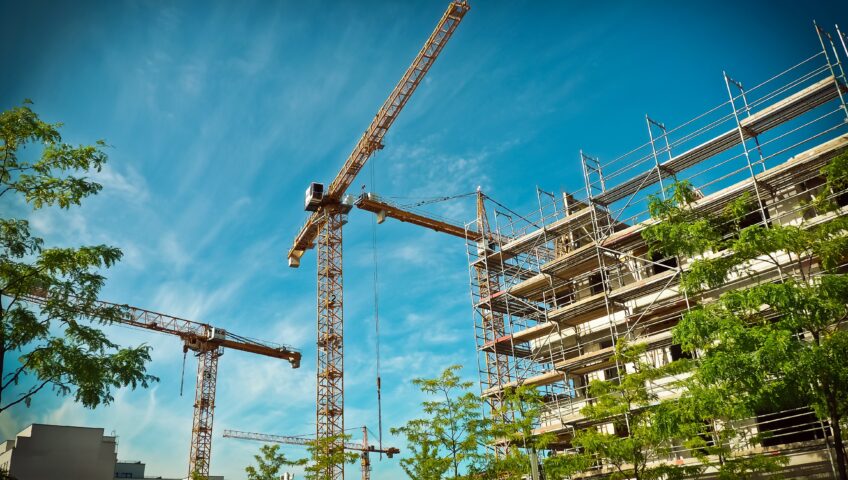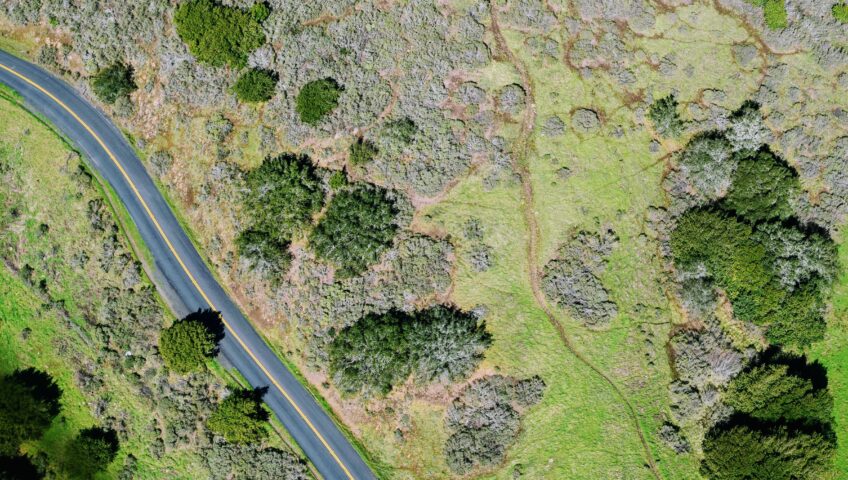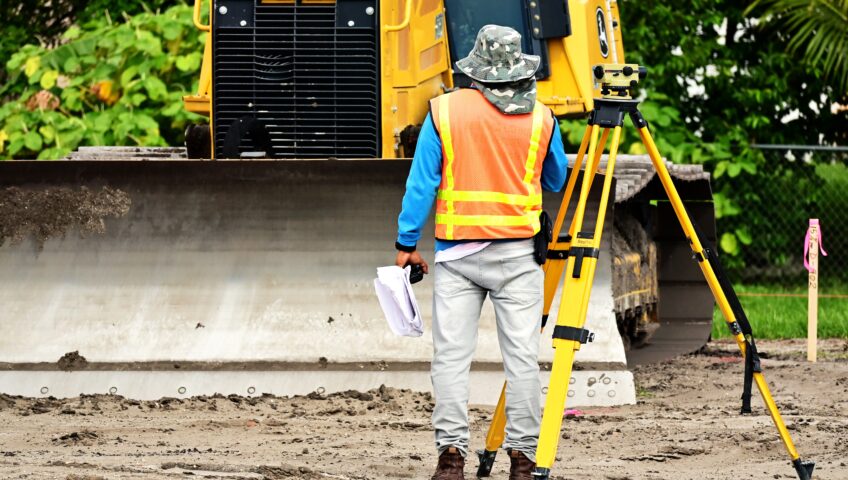Black History Month is a time to reflect on the contributions and achievements of African-American individuals throughout history. It is a month dedicated to celebrating the rich heritage and accomplishments of African-American people in various fields. One such field that has seen remarkable contributions from African-American individuals is civil engineering. African-American civil engineers have played a pivotal role in shaping history and have paved the way for future generations in this field. Their significance lies not only in their technical expertise and innovative ideas, but also in the barriers they have broken and the opportunities they have created. By overcoming adversity and discrimination, these pioneering figures have not only made significant contributions to the field of civil engineering but have also left a lasting impact on society as a whole. Their achievements serve as a reminder of the importance of diversity and inclusion in the engineering profession. Through their hard work, determination, and unwavering commitment to excellence, African-American civil engineers have not only shaped history but have also inspired countless individuals to pursue careers in engineering. As we celebrate Black History Month, it is essential to recognize and honor the contributions of these trailblazers who have paved the way for a more inclusive and diverse future in civil engineering.
Exploring the contributions of notable African-American civil engineers who paved the way for future generations, we uncover a rich history of individuals who overcame adversity and made significant advancements in the field. One such pioneering figure is Benjamin Banneker, who, in the late 18th century, designed and constructed a series of irrigation canals for the family farm that greatly improved agricultural productivity in Maryland. Banneker's meticulous attention to detail and innovative engineering techniques set a high standard for future African-American civil engineers. Another trailblazer in the field is Howard P. Grant, a prominent civil engineer who graduated from the University of California, Berkeley, in 1948, making him the first African-American to graduate from the Berkeley College of Engineering. That same year, Grant also became the first known black member of the American Society of Civil Engineers. Additionally, we cannot overlook the contributions of George Biddle Kelley, who graduated from Cornell University's College of Civil Engineering in 1908. He went on to become the first African-American engineer registered in the state of New York. He was hired by the New York Engineering Department, where he worked on the Barge Canal, a collection of state waterways, during the 1920s.
These pioneering figures in civil engineering not only made significant contributions to the field but also paved the way for future generations. Their determination, expertise, and unwavering commitment to excellence have left an indelible mark on the profession. As we celebrate Black History Month, it is crucial to recognize and honor the invaluable contributions of these trailblazers and their lasting impact on civil engineering.





